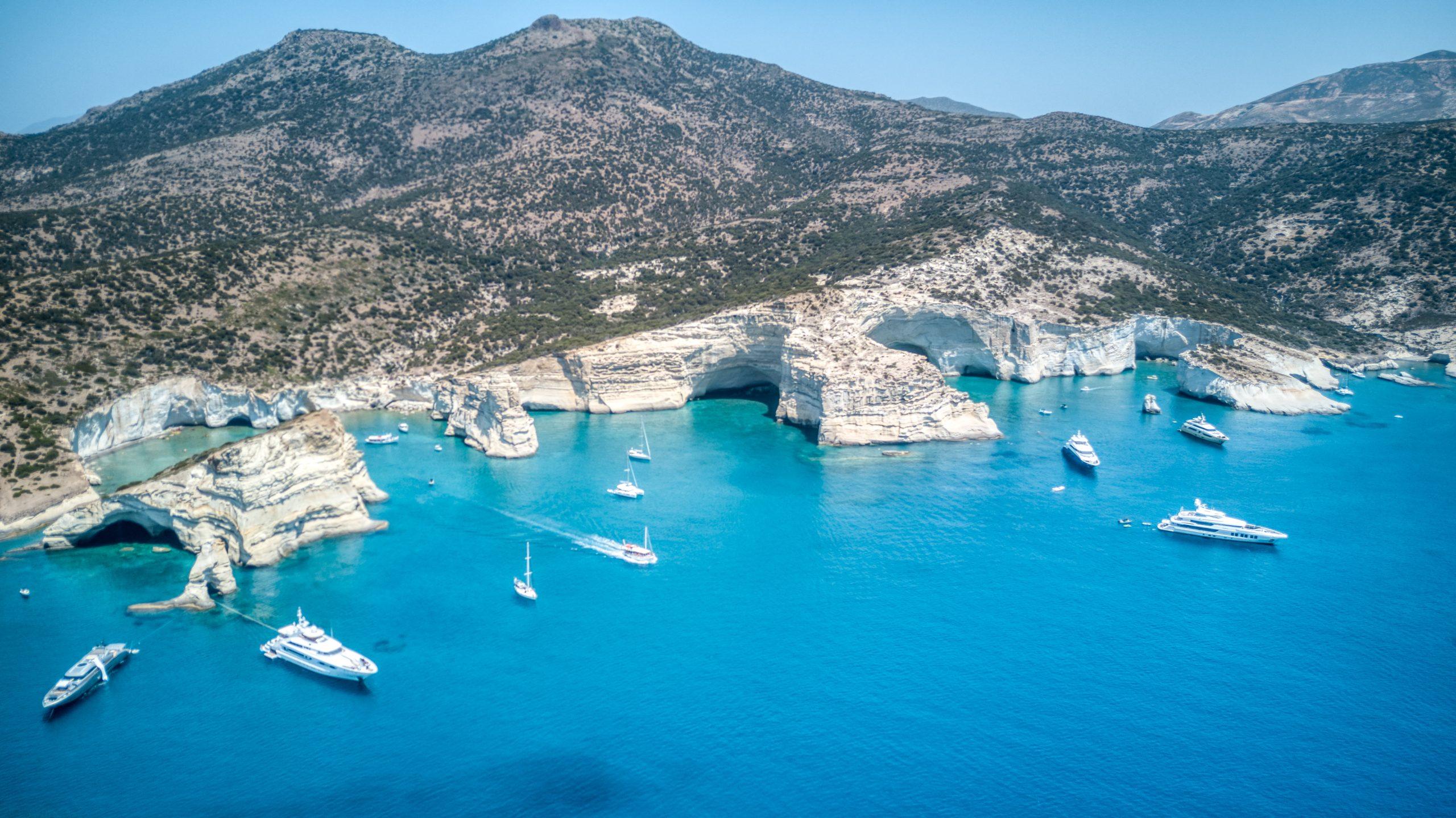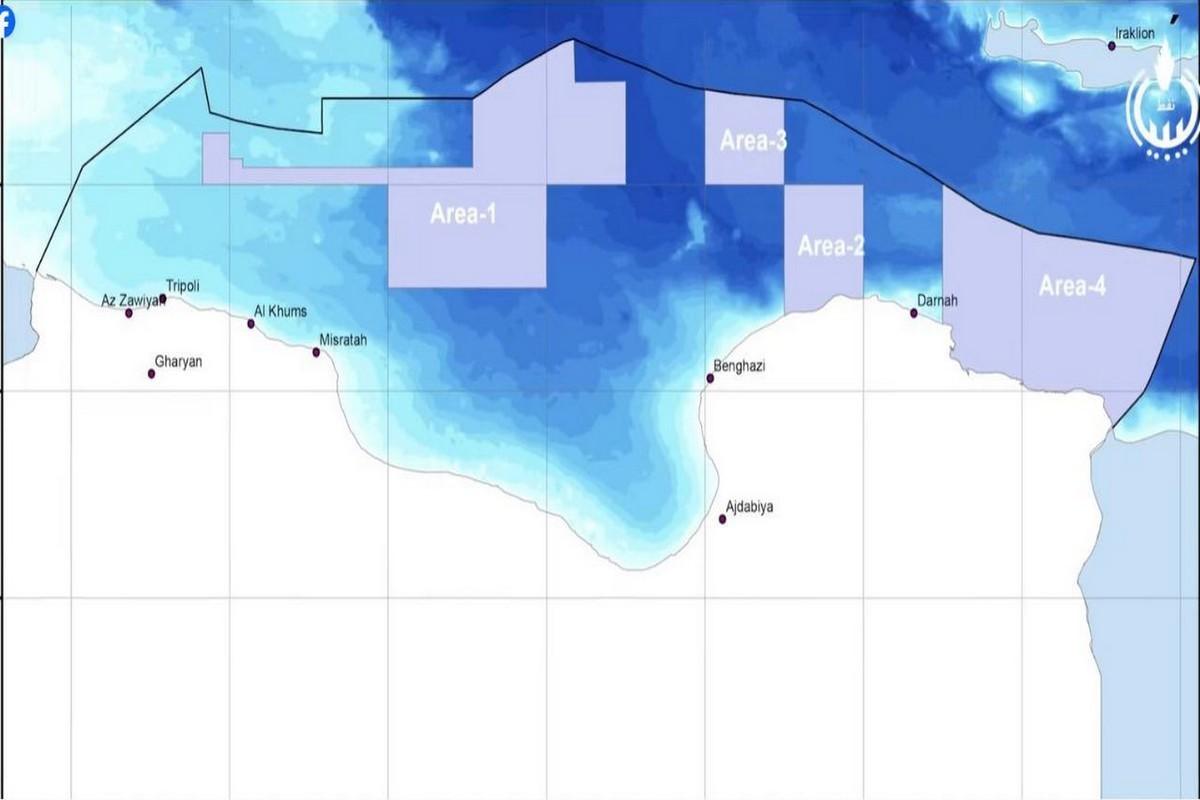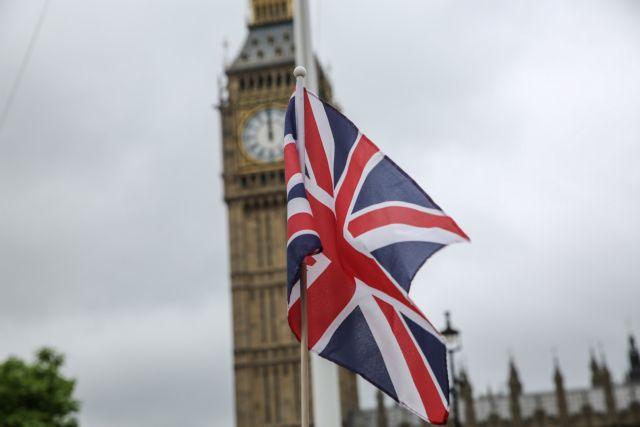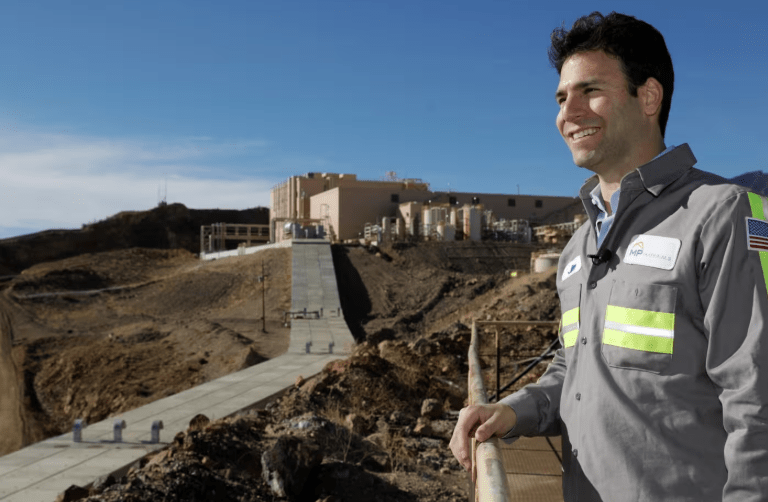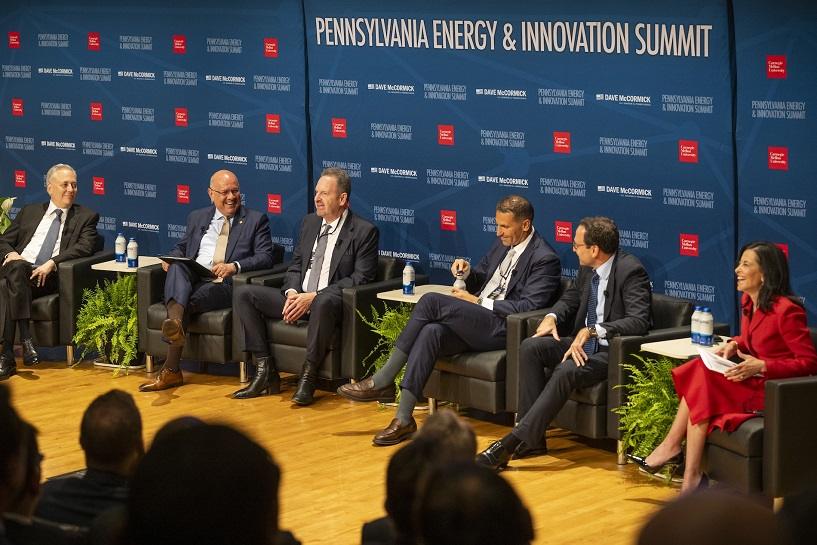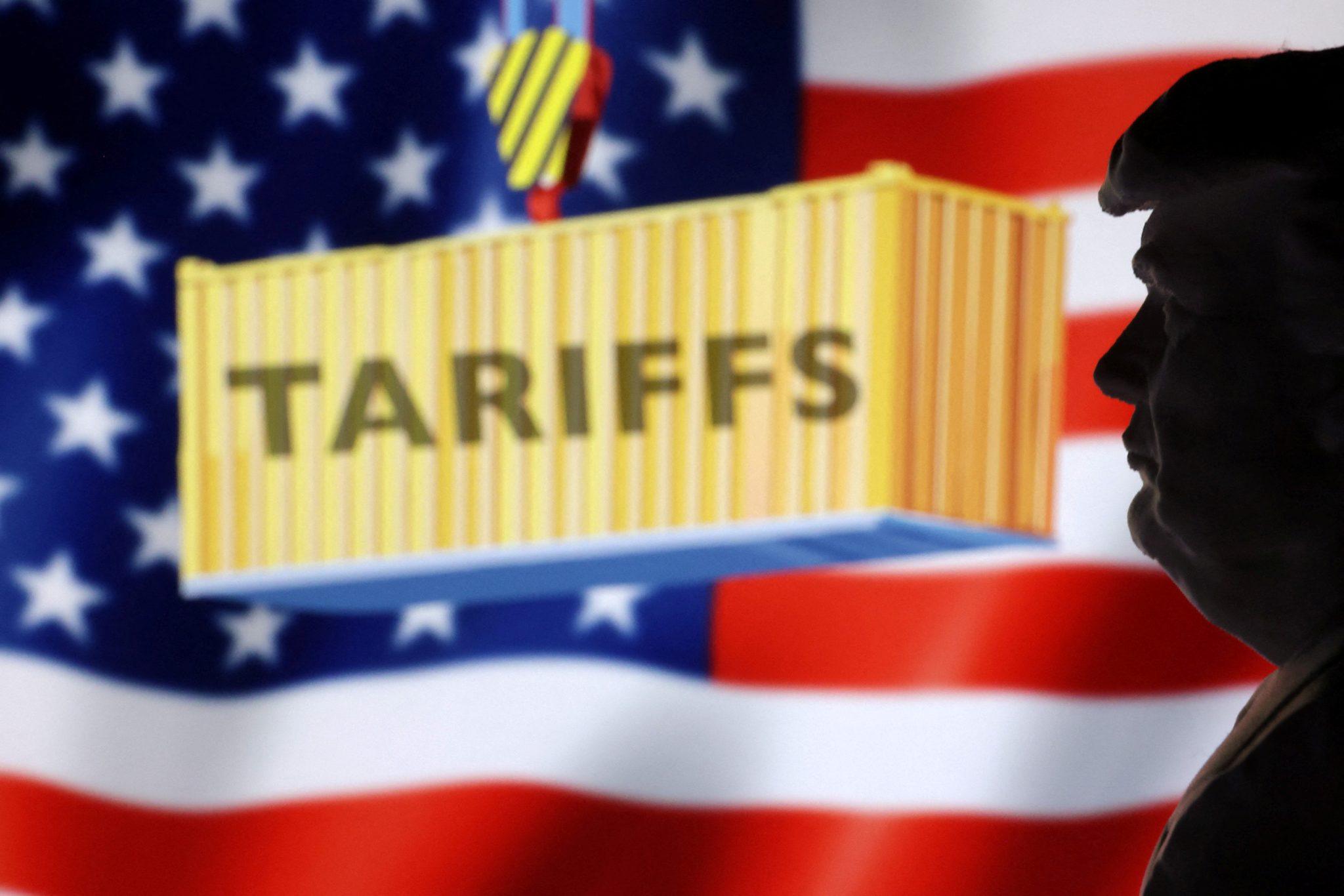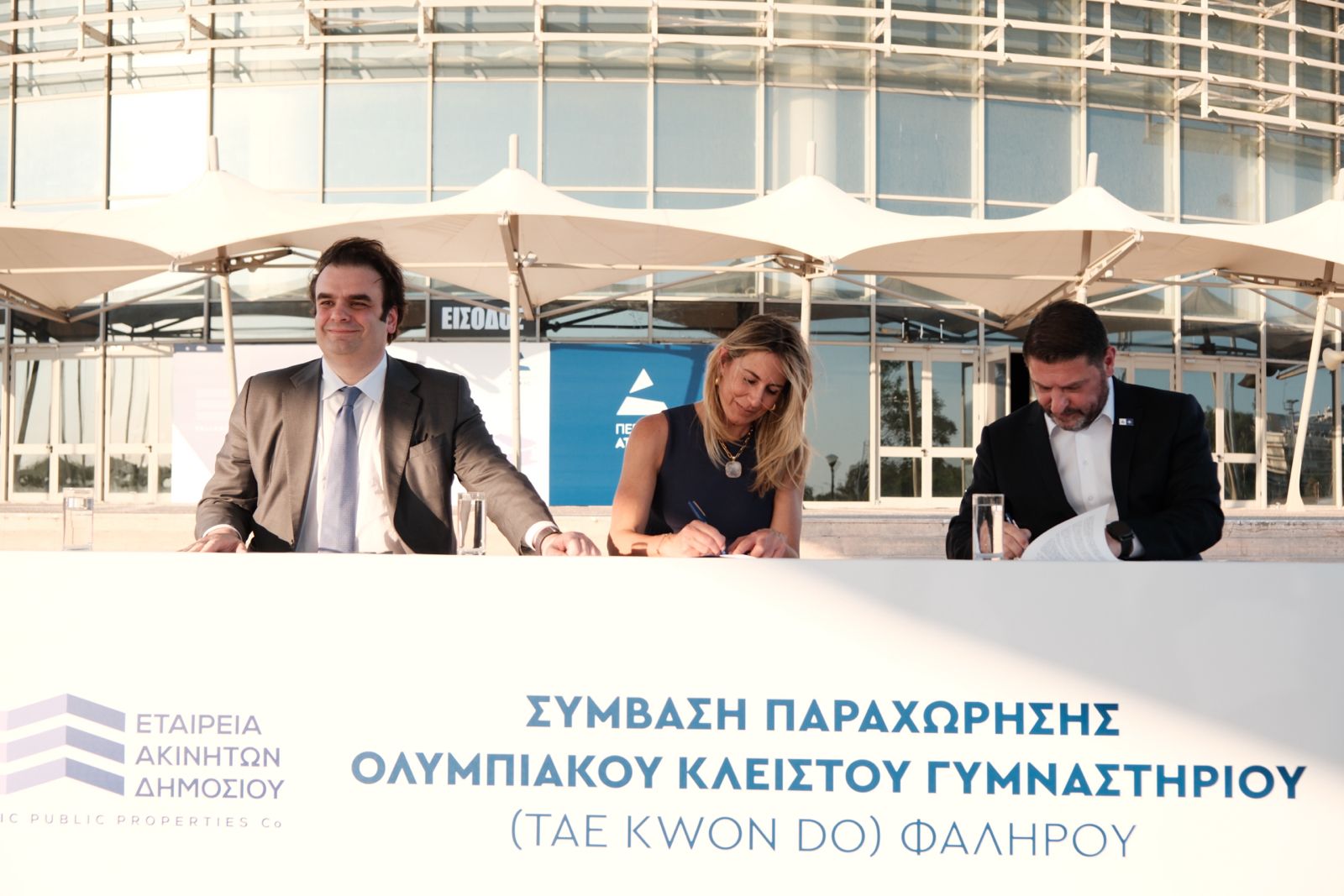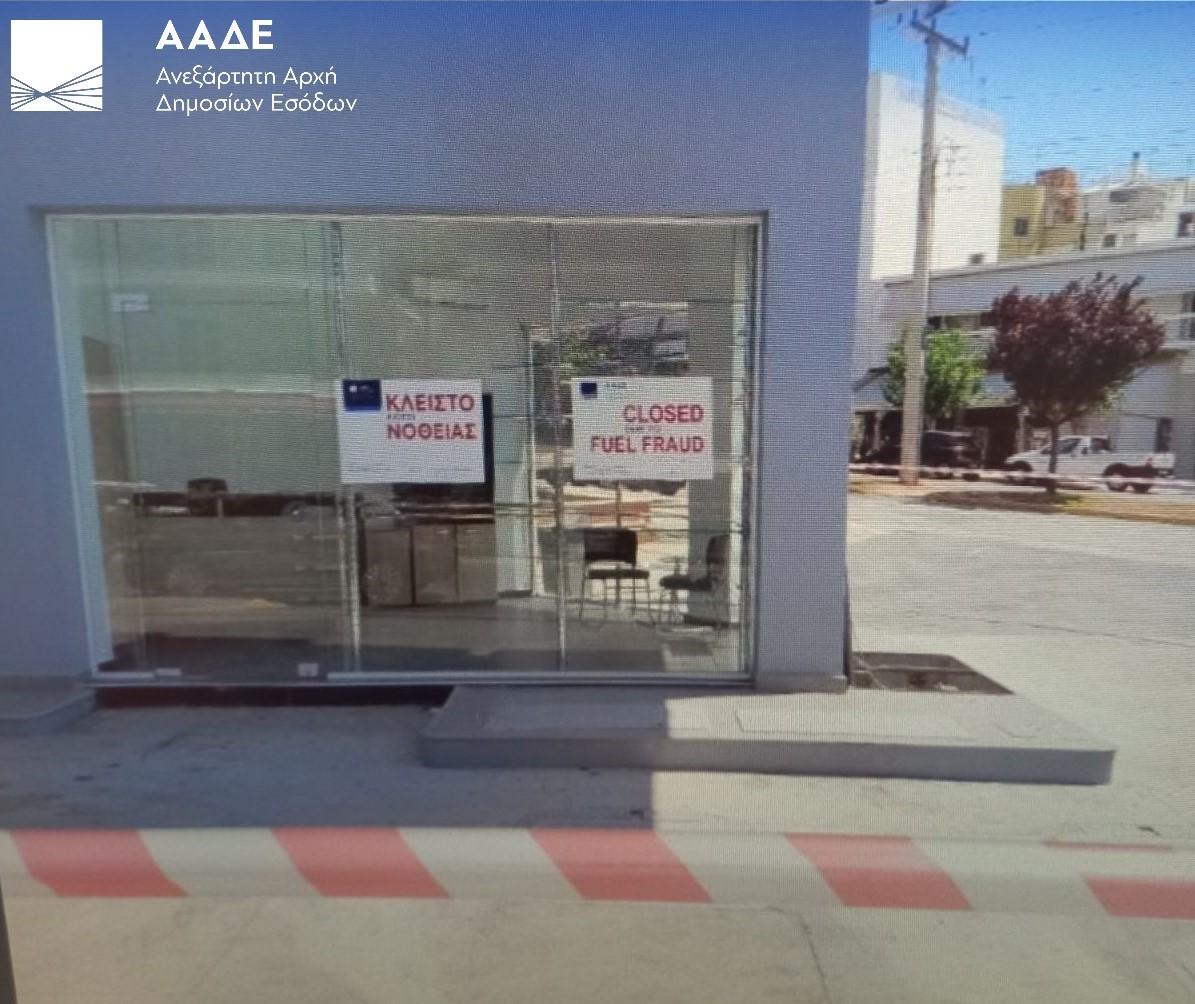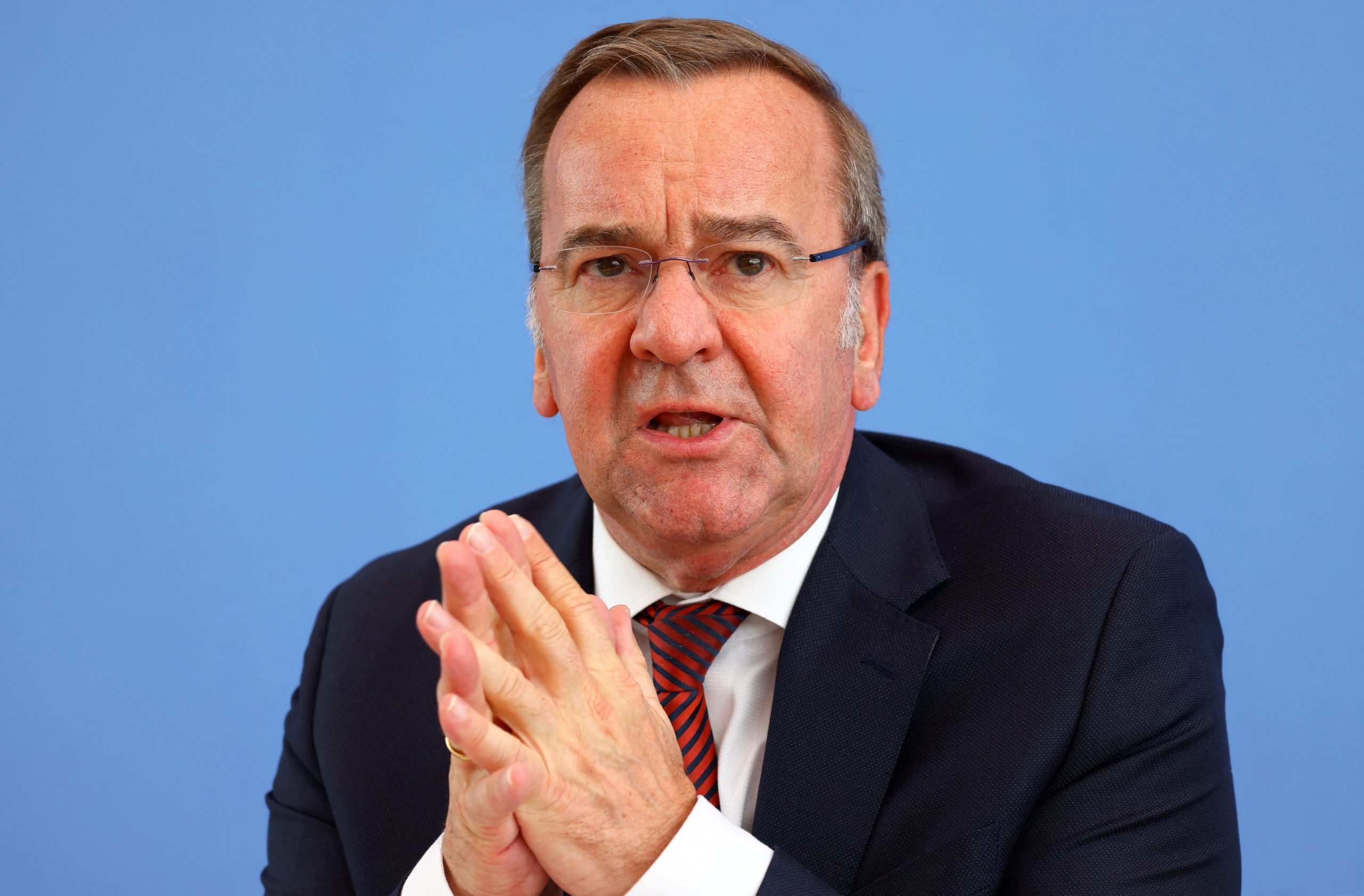The Hellenic Scientific Association of Wind Energy (ELETAEN) and the Hellenic Association of Electricity Producers from Renewable Energy Sources (ESHAPE) expect strong political will with clear goals for the development of Renewable Energy Sources (RES) and clear spatial planning from the energy staff of the new government.
As pointed out yesterday, speaking to journalists, the president of ESIAPE, Mr. Giorgos Peristeris, the Greek government should first decide how many renewable energy sources the country needs, where they will be located and what technologies they will be allocated to, in order to avoid the monoculture of photovoltaics, and then decide in which areas to ban them. “Instead of deciding where to implement the renewable energy projects we need, we first must decide where to ban them. We are putting the cart before the horse”, said Mr. Peristeris.
The balanced mix
According to Giorgos Peristeris, it is not enough to specify the goals for the penetration of RES in the country’s energy mix in the revised National Energy and Climate Plan (ESEK), but also how spatially these will be achieved. In any case, as the president of ELETAEN Mr. Panagiotis Ladakakos emphasized, the new ESEK should include a much more balanced mix of wind – photovoltaic – hydroelectric, compared to the scenario presented last January by the then political leadership of the Ministry Environment and Energy, in order to have a smoother distribution of “green” energy production within 24 hours.
Mr. Ladakakos stated that the ideal balance of wind and photovoltaic in the energy mix is 60% – 40% “Today we are at 50%-50%. Photovoltaics are developing at a rapid pace, while wind farms are struggling,” he emphasized. A balanced RES mix can minimize cuts in “green” energy (for reasons of stability of the electrical system during the hours when power demand is low and RES production is high, Independent Power Transmission Operator (IPTO) is proceeding with emergency cuts in “green” power generation) . It will also further reduce costs for consumers.
The benefits
It is noteworthy that, for the period of the energy crisis (October 2021 – May 2023), thanks to the wind farms almost 4 billion euros were returned to consumers, through the Energy Transition Fund which subsidizes household and business electricity bills. That is, they secured over 46% of the total subsidies given to consumers. Additionally, each year wind farms donate 3% of their revenue to the local community. For example, in 2020, 23.5 million euros were allocated to the municipalities and domestic consumers of the local communities that host them.
Furthermore, according to the figures presented yesterday, the new wind farms produce energy at a cost to the consumer 5.5-7.5 times lower than the average prices set by the Waste, Energy and Water Regulatory Authority (RAAEF) for natural gas and 3.5 times for lignite, during the period 7/22 – 6/23. For existing wind farms the cost is 3-4.5 and 2 times lower respectively. As for existing PV they cost a little less than lignite, although as pointed out, new commercial PV is now cheap.
A war
However, “in practice there is an undeclared, but constantly intensifying war against domestic clean energy and especially against wind power”, stressed the representatives of ESIAPE and ELETAEN. They also mentioned how throughout the previous period there were studies, state initiatives or even decisions at the central, regional and local level, with blind horizontal exclusions of extensive areas such as e.g. the “Unspoilt Mountains” initiative.
Networks
Special mention was made of the ambitious plan to upgrade and expand the country’s electrical networks, and especially the domestic and international interconnections, which must be accelerated, completed and enriched, so that Greece becomes a net exporter of green energy in the next decade. The lack of energy storage infrastructure was also pointed out, which is the necessary complement to the strategy of the balanced mix of RES technologies. Shared storage and a balanced mix of RES help reduce green energy cuts and maximize its injection into the grids, in a cost-effective manner.
An addiction
“We import energy from abroad because we don’t have the infrastructure to store it. We have been shouting this for a decade. Short-term storage does not help energy security, long-term storage is needed so that the produced energy can be used even days later”, noted Mr. Peristeris.
He even referred to large gas imports, stressing that not substituting fossil fuels does not help the current account balance. “We send abroad checks for imports of gas cargoes that will be consumed. These amounts do not create any jobs, nothing changes in the country’s perspective no matter how many billions we spend every day”, noted Mr. Peristeris, pointing out that the large investments for the energy transition will remain in the country, with the projects operating for 25 years.
Wind farms produced in 2022 20.6% of the electricity consumed (8.15 million megawatt-hours -MWh), an amount equivalent to the electrical needs of 2.5 million households. If this amount of energy were produced from natural gas, the country would have to import 2.13 bcm (billion cubic meters) more natural gas, an additional amount equal to 35% of Ukraine’s pre-war annual gas imports.
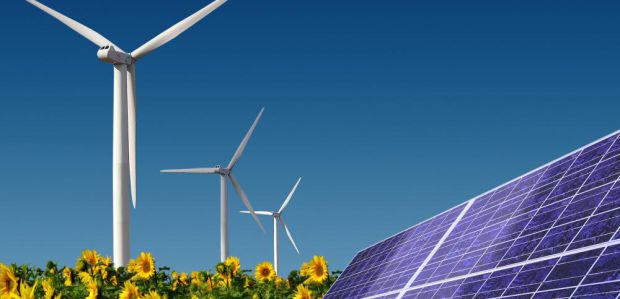



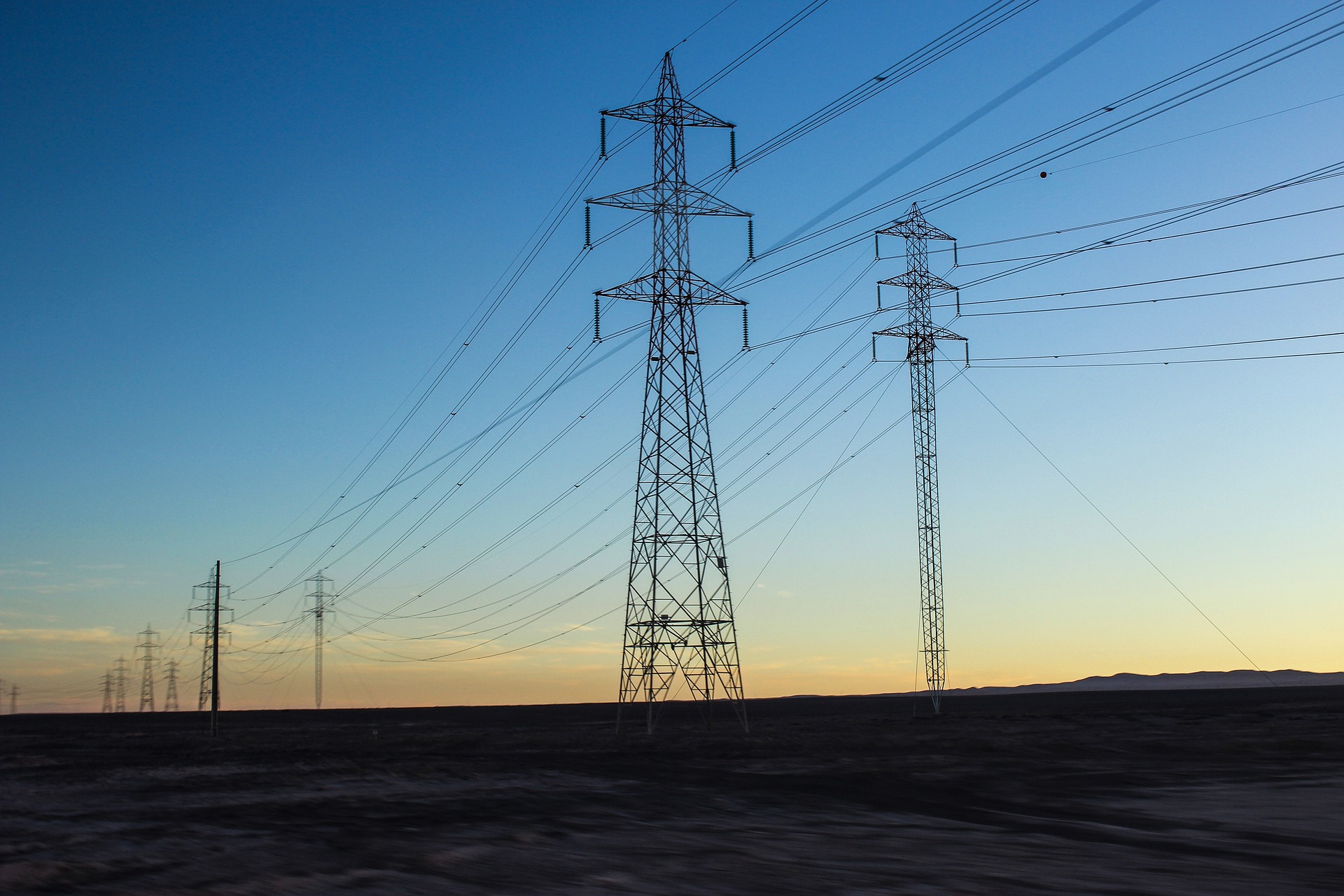




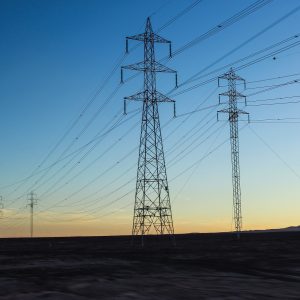


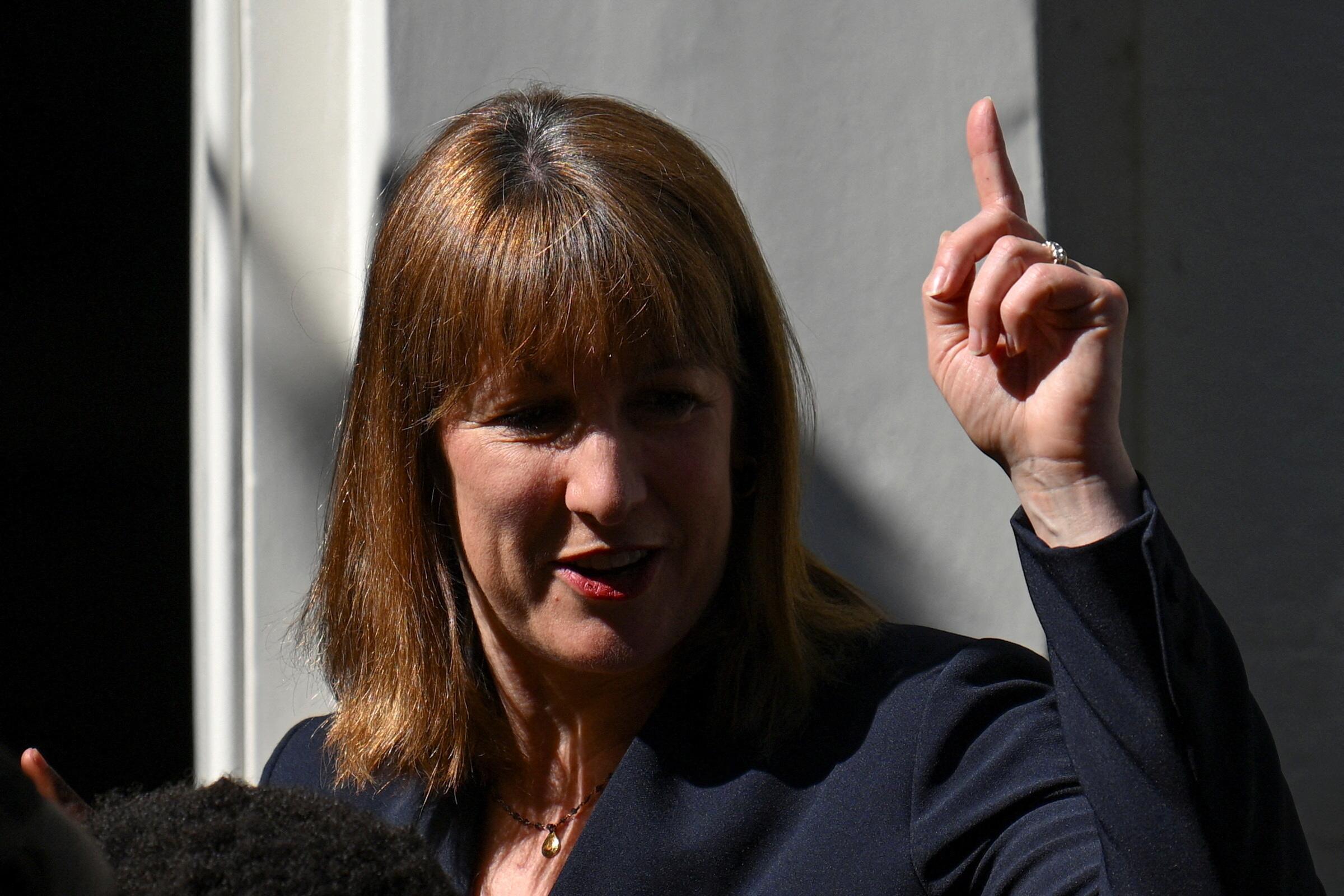

![Ευρώ: Ευκαιρία για Ευρώπη η στροφή των επενδυτών [γραφήματα]](https://www.ot.gr/wp-content/uploads/2025/07/15_07_ot_eyro_dol_EXO.jpg)


![Εξοχικές κατοικίες: Πόσο κοστίζει το τ.μ. σε Μύκονο, Σαντορίνη και Πάρο [γραφήματα]](https://www.ot.gr/wp-content/uploads/2025/07/14_07_ot_exoxika_EXO.png)



